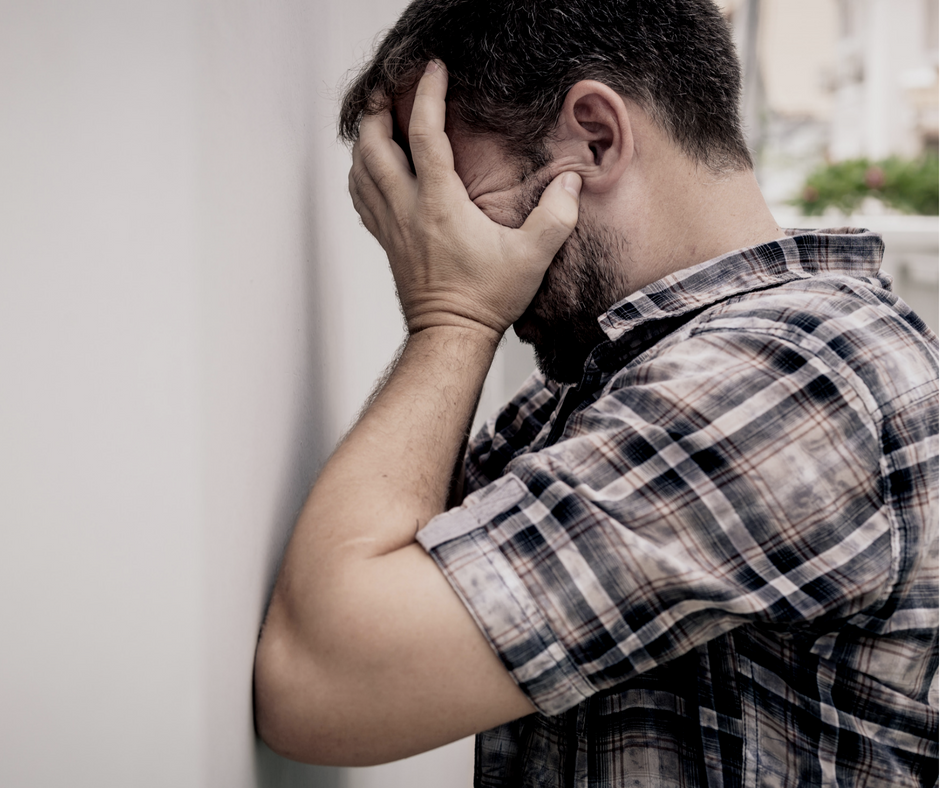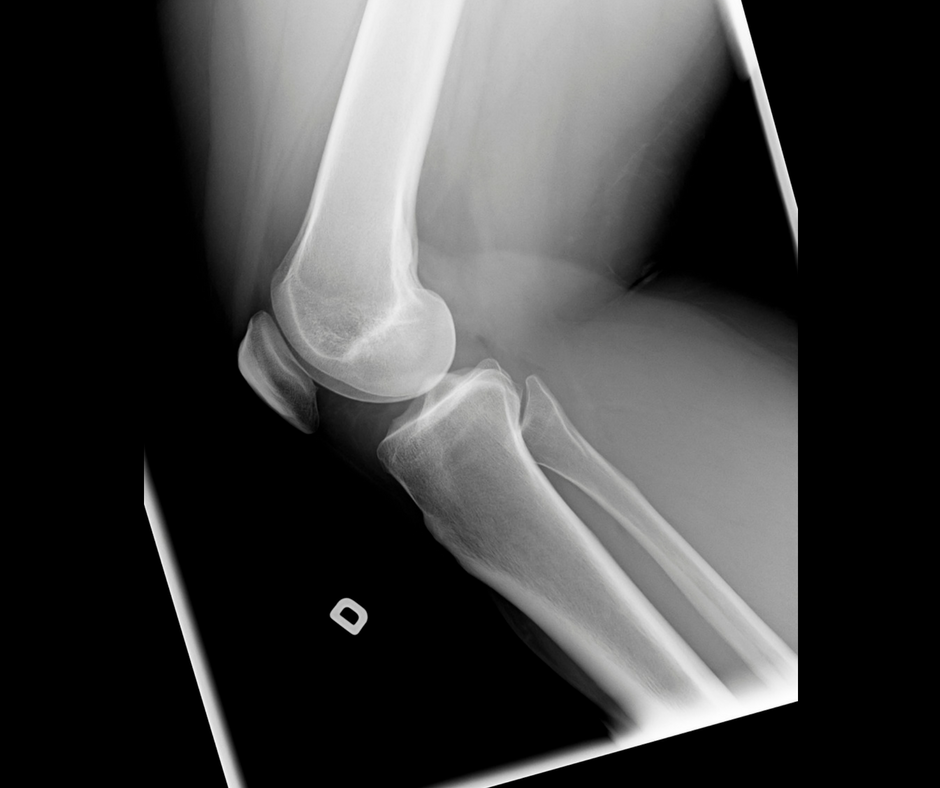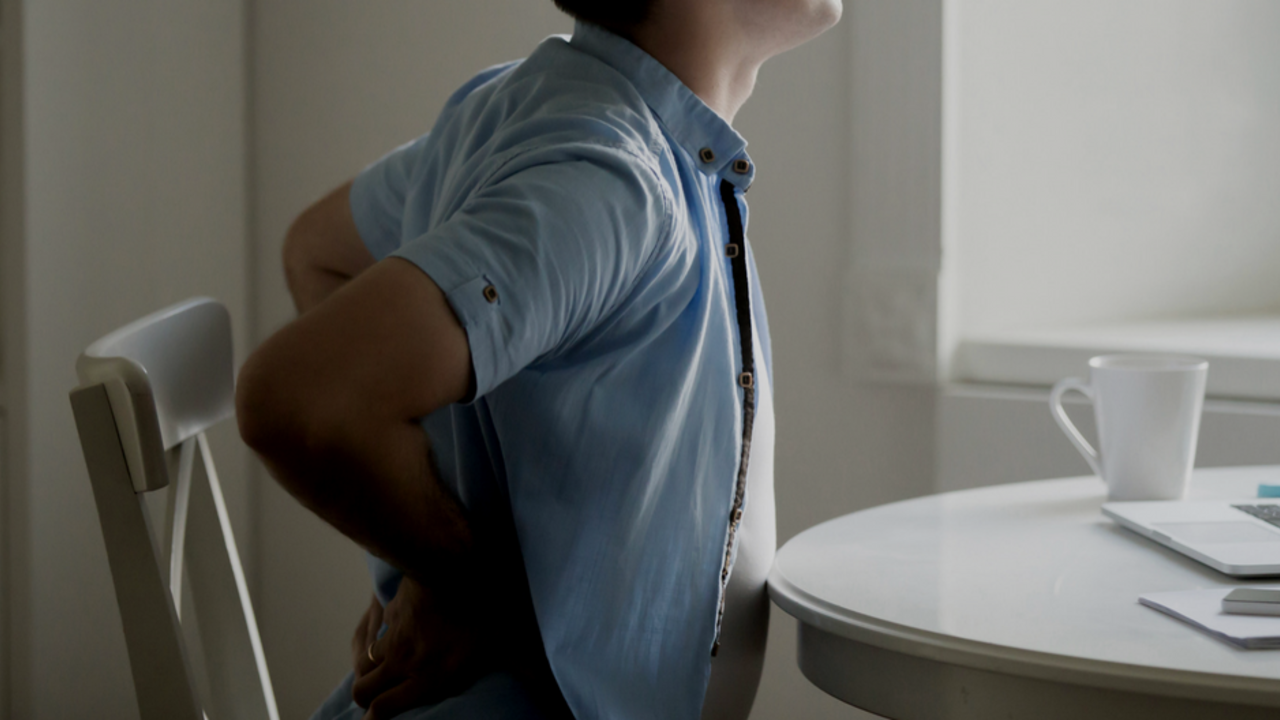
Reasons to see a Physical Therapist
Jan 24, 2019by: Spectrum Physical Therapy
Back Pain
Affecting four out of five people at some time in their lives, back pain (often referred to as Lumbago) is the most common complaint treated by orthopedic physical therapists. In most cases, back pain is caused by over-straining the structural components in the back. Most cases, although painful, are not serious if seen to promptly and usually respond very well to physical therapy treatment.
Sciatica
This refers to irritation of the sciatic nerve that supplies nerve conduction to the leg. However it is often used to describe any pain in the leg, whatever the cause, whether it is related to circulation, pain referred from a back injury, trauma or nerve irritation. The most common causes of sciatica can usually be successfully treated by our staff.
Headaches and Neck Pain
Headaches and neck pain can be caused by cervical and shoulder tension caused by stress, poor posture, arthritis, inactivity, trauma, or by activities such as sitting at a computer all day. Patients normally respond well to orthopedic physical therapy treatment.
Joint / Muscle Pain
Physical therapists can treat joint and muscle strains in any part of the body including the hips, legs, knees, ankles, feet, wrist, elbows, shoulders, arms and ribs, for example knee injuries, frozen shoulder, ankle sprains, etc…
Sports Injuries
Physical therapy treatment can benefit sports players at all levels. If you are eager to get back to your sport quickly after injury, or have a problem which is preventing you from performing at your best, physical therapy can help you reach your peak level of fitness.

Repetitive Strain Injury / Tendonitis
This condition is commonly associated with people who work with computer keyboards and mice, and manual workers for prolonged periods of time. These are injuries such as lateral epicondylitis ‘tennis elbow’, golfer’s elbow, shoulder tendonitis,’shin splints’, etc… Physical therapy treatment can benefit these conditions, particularly when treated early.
Pregnancy

Responsible for a great change in posture, pregnancy can cause back pain and discomfort. Many women find that gentle osteopathic treatment can bring great relief. We are experienced at treating mothers for a whole range of symptoms from low back pain, deconditioned state of fitness, poor posture, and pelvic floor disorders. We use gentle and specific structural (massage, mobilization, and cranial techniques. We also offer advice on exercise and healthcare issues. If you prefer to discuss this further don’t hesitate to call.
Post Surgery
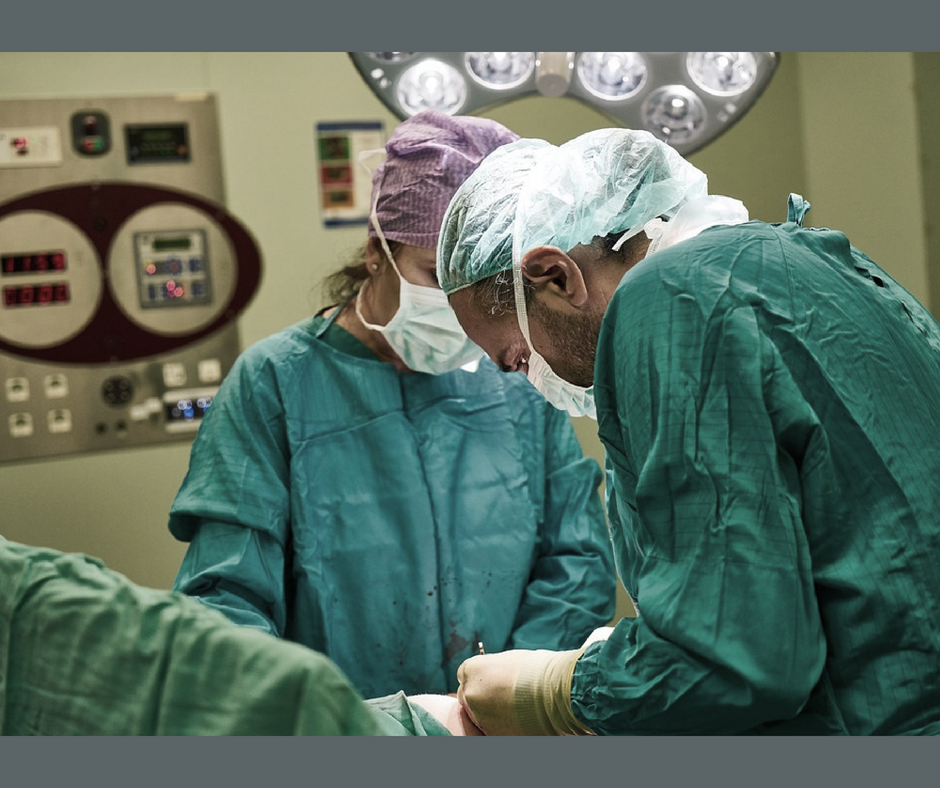
Outpatient physical therapy can help patients, particularly those whose movement has been affected by surgery in order to regain their pre surgery mobility and life style. Surgeries include total joint replacements, meniscus and ACL reconstruction, rotator cuff repairs, subacromial decompressions, distal clavicle excisions, vertebral discectomies, fusions, disc replacements, and open reductions from fractures, etc…
Arthritis

Normal wear and tear of the joint surface can result in arthritis or osteoarthritis. This kind of damage is not to be confused with some cases of arthritis that are caused by a disease affecting the joint surface. Osteoarthritis is a normal process associated with ageing. Usually the symptoms do not start until much later in life, if at all, and normally lead to some restriction in movement of the joints, plus some muscular aches and pains often referred to as rheumatism. Osteopathic treatment cannot reverse the wear and tear of the joint surface, but in most cases, osteopaths can offer treatment to improve function of other areas and structures, give advice on other factors, such as diet, exercises and lifestyle, which may help with long term relief from the symptoms associated with arthritis.
Neurological injuries (Stroke – MS) / Balance Deficits
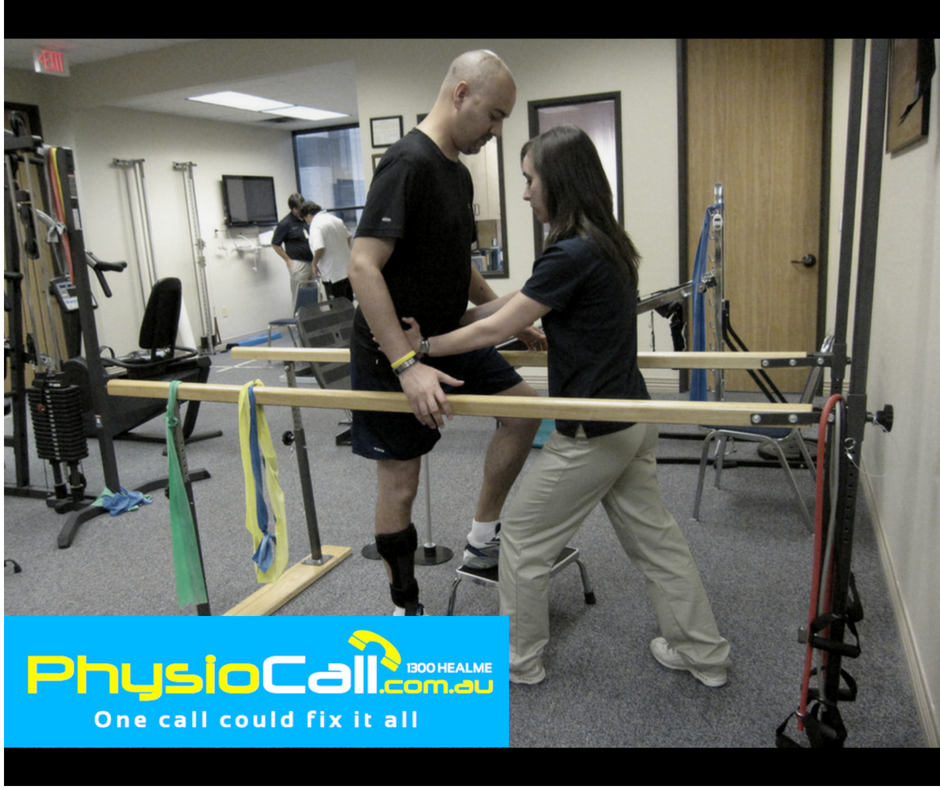
Neurological injuries could occur after trauma to the body or head. An infarct or aneurysm to a blood vessel in the brain can lead to stroke. The residual loss of motor function can be a lot to deal with for the patient and their families. At Spectrum we provide manual therapy to restore lost motion, neuromuscular re-education to area of motor loss, gait training, balance training, therapeutic exercises, and education for the patient and their families.
Treatment
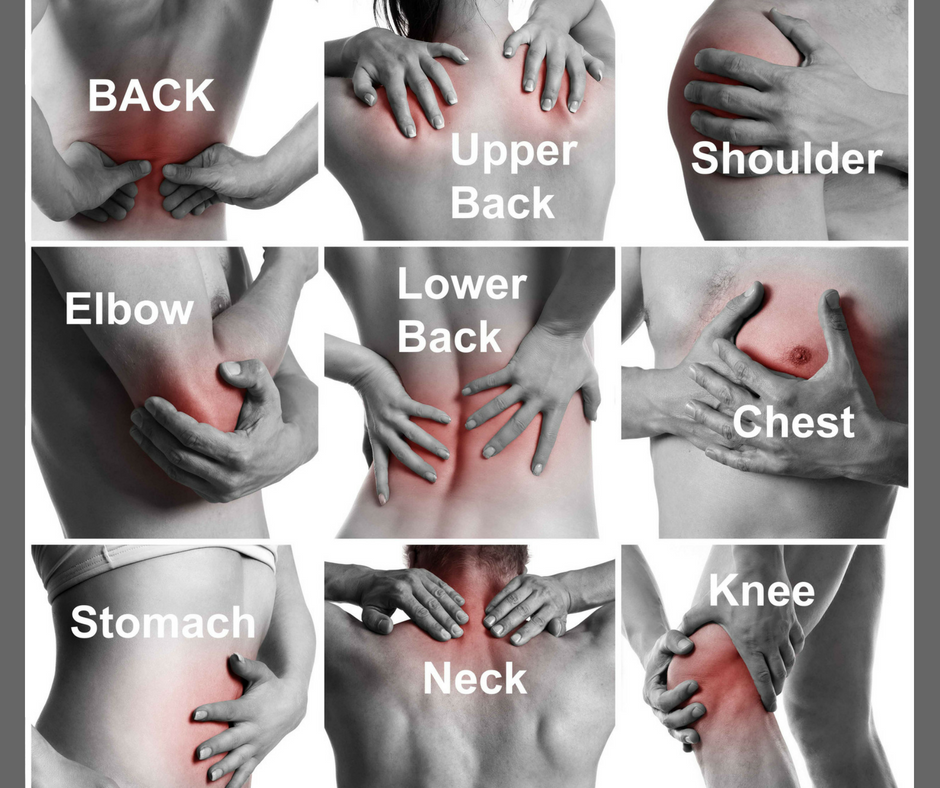
Treatment is non-invasive and aimed at improving mobility and/or reducing inflammation by using gentle osteopathic techniques on joints, muscles, and ligaments. Physical therapy treatment in many cases will allow the patient to avoid surgery. We use our hands to palpate the soft tissues, increase joint mobility, and improve range in hypomobile joints. This may involve stretching tissues and tendons or using articulatory movements and sometimes manipulation to the joints. Manipulation is only short lever technique, not long lever technique, which is used by other professions. We like to explain what we are trying to achieve and the approach we intend best suited to you. There is no standard treatment plan or blocks of sessions. Some patients require one or two sessions with an exercise program, while others may need a longer duration of up to a three month period. Follow ups are sometimes recommended if a causal factor is unavoidable. e.g. workplace environment or lifestyle.
We believe in working with conventional medicine to achieve the best results for our patients. If necessary you may be referred to a specialist or your GP for a second opinion. Other tests may also be necessary such as X-Rays, MRIs, or CT scans. A letter will always be sent to a referring physician, giving an explanation of what we have found, what we think is the problem, what we intend to treat and how long we anticipate the treatment to last.
Don't miss a beat!
New moves, motivation, and classes delivered to your inbox.
We hate SPAM. We will never sell your information, for any reason.

